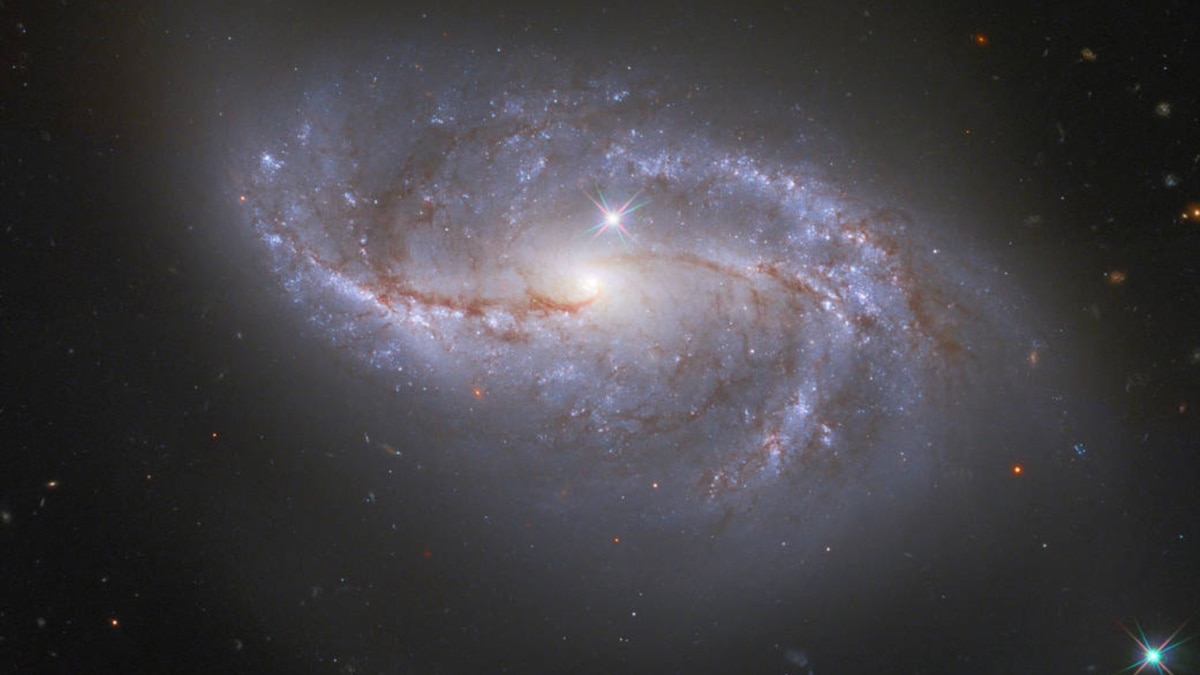In upcoming years, the twinkle of stars in the night sky might be joined by the glow of laser beams.
A new NASA space project, the Landolt Mission, plans to launch an artificial “star” into Earth’s orbit. The project will be used to more accurately determine the absolute flux calibration of stars, also known as their brightness.
The mission ground control will be based at George Mason University in the state of Virginia.
The mission expands on the work of its inspiration and namesake Arlo Landolt, the late astronomer and pioneer of stellar brightness catalogs.
“His last name is famous in the whole astronomy community. The Landolt standard star…everyone knows what that is,” said Daniel Huber, an associate astronomer and professor at the University of Hawaii’s Institute for Astronomy.
The new project will compare the brightness of the artificial star to the brightness of actual stars. The “star,” actually a satellite outfitted with eight lasers, will orbit the earth 35,785 kilometers into space, a distance far enough to mimic the features of a genuine star.
While the satellite will not be bright enough to see with the naked eye, it will be visible through a personal telescope.
Scientists will conduct ground observations of the “star” from telescopes in various locations, including at the University of Hawaii.
Since the satellite has a known emission rate of photons, scientists will be able compare the brightness of the lasers to the brightness of the stars, developing more precise measurements of brightness and new stellar brightness catalogs.
The project, if successful, could have wide-reaching impact.
“We always relate on the amount of light stars send us to derive almost everything in astronomy,” Jonathan Gangé, the scientific adviser for the Montreal Planetarium and an adjunct professor at the University of Montreal, told VOA.
Gangé is one of the scientists involved in the project, and will help choose which stars to measure.
The results of the project can be applied to understanding the evolution of stars and the composition of exoplanets – planets that could potentially harbor life. The more accurate measurements could also lead to better knowledge of dark energy and the expansion rate of the universe.
The project could even be used to help find other Earth-like planets for humans to live on in the future.
“There’s a group of people, the exoplanet experts, who like to make predictions as to where they might see an Earth-like planet, and for them it’s really important to understand the properties of stars,” said Susana Deustua, a physical scientist for the National Institute of Standards and Technology and liaison to the mission.
While the project has many potential practical applications, members are also excited about its intangibles, such as the mentoring of a new generation of scientists.
According to Peter Plavchan, George Mason associate professor of physics and astronomy and the Landolt Mission primary investigator, the collaborative and pedagogical nature of the project even borrows from humanities disciplines.
“We developed this novel approach that actually borrows from theater. It’s an understudy system, pairing senior project roles on the mission with junior scientists and junior engineers. It’s a true partnership,” Plavchan told the VOA.
The launch date has not been finalized but is expected to take place sometime in 2029.
Other partner institutions include Blue Canyon Technologies and the University of Victoria.







